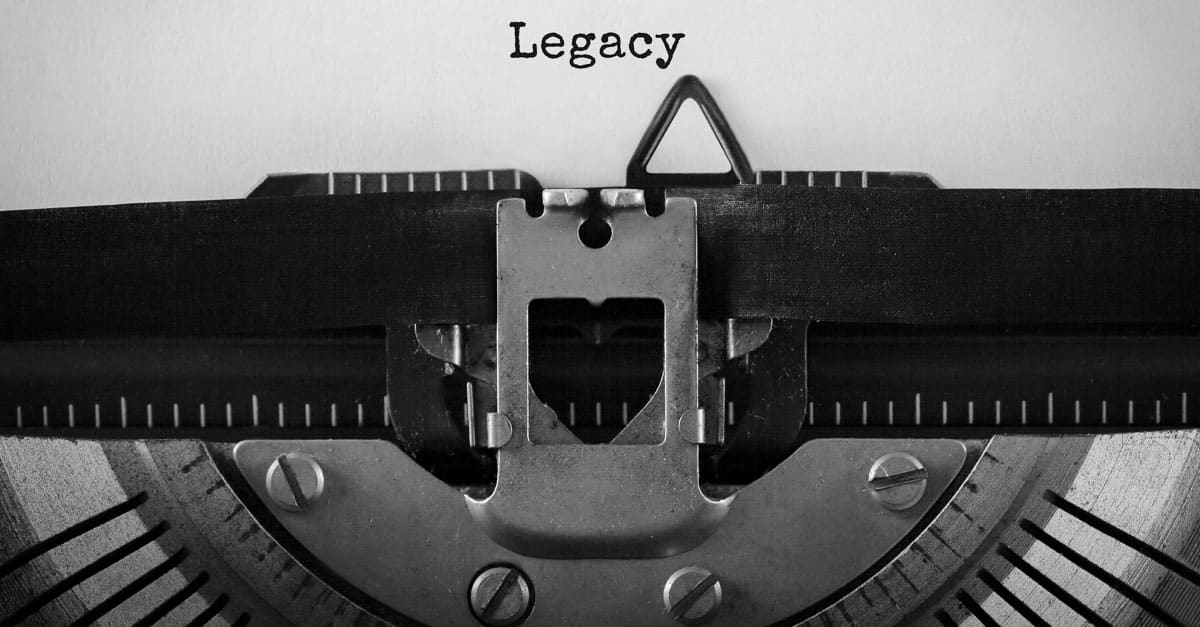The Rise of Collaborative Funding
Collaborative funding, a growing trend in philanthropy, involves donors pooling resources to address complex social issues. This approach is gaining traction, particularly through community foundations. The pandemic has accelerated this trend by presenting unprecedented challenges. The Audacious Project is an example of this, uniting philanthropists to fund ambitious solutions to global problems. While this model increases impact, it also raises concerns about concentrated power and the influence of “big philanthropy.” In 2023, we expect to see more collaborative funding as donors recognize its value in addressing complex social problems.
Rethinking Capacity Building and Decision-Making
Capacity building in philanthropy strengthens nonprofit effectiveness, but traditional methods are criticized for their ties to dominant white culture and limited impact on racial equity. In 2023, the focus is shifting to rethinking capacity building and power dynamics. Funders now prioritize co-creating solutions with grantees, putting their needs and perspectives at the center. This approach builds trust, collaboration, and alignment with nonprofits’ unique challenges. In addition, funders are increasingly offering general operating support and multi-year funding for stability and flexibility, recognizing the complexity of capacity building and the systemic barriers to nonprofit success.
Disaster Philanthropy for Long-Term Resilience
Disaster philanthropy has traditionally focused on immediate response, but it’s clear that ongoing crises require more. The Center for Disaster Philanthropy and community foundations emphasize long-term resilience. This means educating about preparedness, fostering local leadership, and funding initiatives that strengthen communities against future emergencies. However, funding for preparedness still lags behind initial humanitarian response. In 2023, funders have an opportunity to prioritize lasting solutions and address core vulnerabilities to disasters.
The Emergence of Nonprofit News Outlets
The decline of local news has spurred nonprofit news outlets as reliable and independent sources. They fill gaps in coverage and provide in-depth reporting. Some for-profit outlets, such as The Chronicle of Philanthropy, are becoming nonprofits, while others are seeking philanthropic support for projects, emphasizing teamwork between journalism and philanthropy. While promising, this trend raises dilemmas about the editorial impact of private funding. Balancing financial support with integrity is a concern for nonprofit news outlets in 2023.
Elevate Your Wealth Game: Empowering UHNWIs for Simplified Asset Management. Altoo Platform Preview
Redefining Organizational Structures for Mission-Driven Impact
Nonprofits adopt unconventional structures for mission alignment and sustainability. Co-leadership, multi-directorship, worker self-governance, and fiscal sponsorship are gaining momentum. These models overcome hierarchical constraints and foster collaboration and diversity. Shared leadership leverages diverse expertise. While their lasting impact is unclear, these structures hold promise for resilient, mission-focused nonprofits in 2023.
Navigating the Backlash Against ESG in Philanthropy
The rise of ESG-focused impact investing has drawn criticism from a variety of perspectives. Despite its potential to align finance with social and environmental goals, there are concerns about “greenwashing” and politicized philanthropy. This backlash challenges philanthropic institutions that have embraced impact investing. Balancing the expectations of younger donor-investors for impactful giving and investing with rigorous evaluation is the focus of 2023. Still, the trend toward ESG integration in impact investing will continue as philanthropists realize its potential to advance charitable goals.
The Imperative to Stay Focused on Racial Equity
The racial reckoning has spurred increased grantmaking for equity and justice, but the depth and longevity of commitments remain uncertain. In 2023, it’s critical to assess whether racial equity grants come from major donors or represent real philanthropic shifts. Real giving, not gestures, aligned with community needs is critical. Cases like the Black Feminist Fund and the Lillian Holofcener Charitable Foundation’s support for a black-owned newspaper in Baltimore show transformative potential. But lasting change and systemic justice require sustained investment and partnerships.
The Rise of Nonprofit Unionization
The nonprofit labor movement is growing, with more workers seeking unions to improve conditions, pay, benefits, and equity. Nonprofit unions, such as the Nonprofit Professional Employees Union, are growing and advocating for workers’ rights across the sector. However, the financial impact of unionization and funding challenges worry nonprofits. In 2023, balancing fair conditions and financial health will require navigating labor complexities and engaging in labor dialogue.
Overcoming Data Delays and Barriers
Access to timely and accurate data is critical to effective decision making and impact assessment in the philanthropic sector. However, IRS data processing delays and a lack of information about the communities and populations served by specific nonprofits present challenges.
In 2023, there is a need for greater transparency and efficiency in data collection and reporting. Philanthropic organizations should explore innovative approaches to data management and analysis, leveraging technology to streamline processes and improve data accessibility. Overcoming these data barriers will enable more informed philanthropic strategies, foster collaboration and increase accountability across the sector.

















